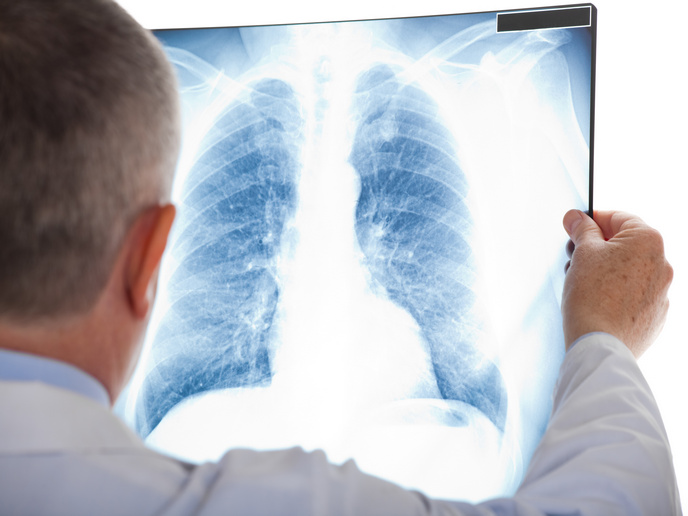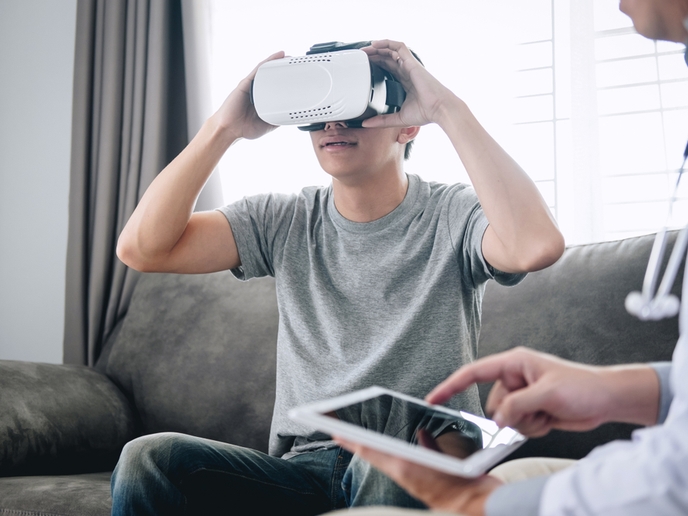Self-diagnosis tool benefits patients and health services
The COVID-19 outbreak resulted in millions of deaths worldwide, and placed huge pressure on global healthcare systems. While the number of cases is now significantly lower than at the height of the pandemic, people are still falling sick. A key challenge today is findings ways of effectively diagnosing and monitoring patients with COVID-19 – and other cardiopulmonary related issues – at home. This would help to free up hospital resources, and alert medical experts should there be any changes to the condition of patients.
Expert-level lung and heart check-ups
In line with this objective, the EU-funded PyXy.AI project sought to help bring closer to market an easy-to-use device, designed to deliver expert-level lung and heart check-ups simply and effectively. The device, called PyXy, is designed to be used at home – or in nursing homes – to detect and monitor the health of patients. The team wanted to use the project to optimise and demonstrate how this AI-powered system could complement existing healthcare measures. “We knew that bringing the PyXy to market would require parallel efforts,” explains PyXy.AI project coordinator Doron Adler from Sanolla in Israel. “So, some project partners collected clinical data from patients in different medical conditions, and in different facilities such as hospitals, day care and nursing homes.” Other partners developed and manufactured the low-cost device itself, as well as the AI algorithms used to classify abnormal lung/heart sounds. The device works by detecting abnormalities at the infrasound range, which the human ear cannot hear. The COVID-19 patient information collected was used as reference data to adapt the AI algorithm, while machine learning was introduced to increase the efficiency and quality of care delivered to patients.
Low-cost device for care settings
The development and manufacture of the device was successfully carried out, while AI algorithms were integrated into the smart system. “Being able to develop a low-cost device that meets regulatory requirements in these challenging days has been a great success for us,” says Adler. “We also performed all the necessary regulatory tests in order to begin large-scale manufacturing. Market introduction will also require additional sales efforts in terms of market education and establishing sales networks.” Moving forward, Adler and his colleagues will continue to collect data, and to develop new AI capabilities to cover other diseases. Work is also being carried out to develop an application that connects the device with healthcare providers. “We believe that the PyXy device will help to substantially reduce the economic impact on healthcare and elderly care services, by preventing hospitalisation in emergent-care situations,” notes Adler.
Monitoring medical conditions at home
A key strength of PyXy is that it is easy to use, and can be administered by non-experts. Over the long term, Adler and his colleagues expect that the PyXy device will be used widely by cardiopulmonary patients, who will be able to monitor their medical condition themselves. The device could therefore play a critical role in helping to fill in gaps in care settings, which are currently facing an extreme shortage of skilled workers. The device could also be used as an additional diagnostic tool by the doctors themselves in local clinics or remote hospitals. “The AI model for predicting abnormal lung sounds could also be used to detect future pulmonary outbreaks,” adds Adler.
Keywords
PyXy.AI, AI, cardiopulmonary, COVID-19, lung, heart, healthcare, medical, diagnostic







